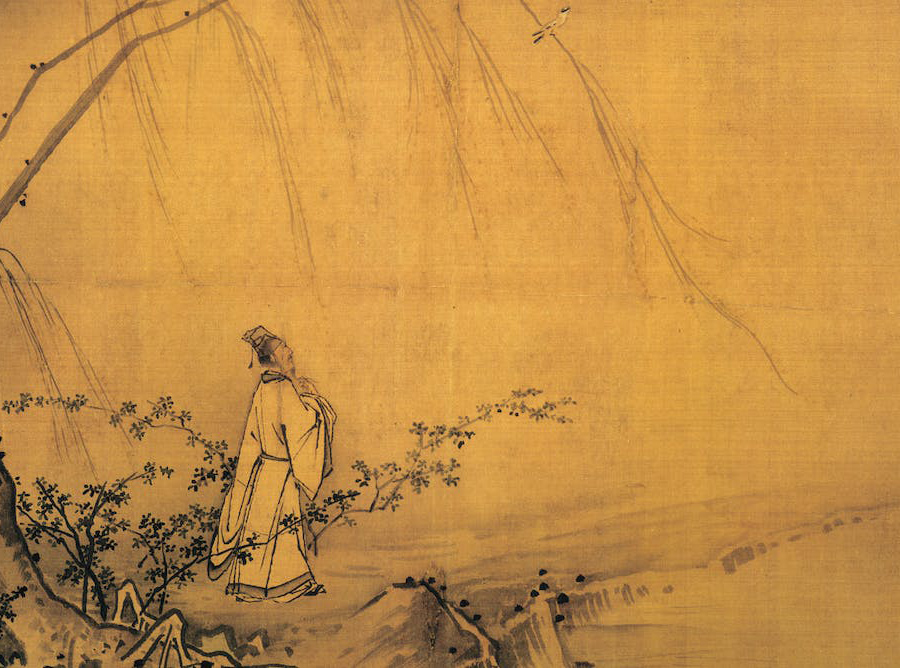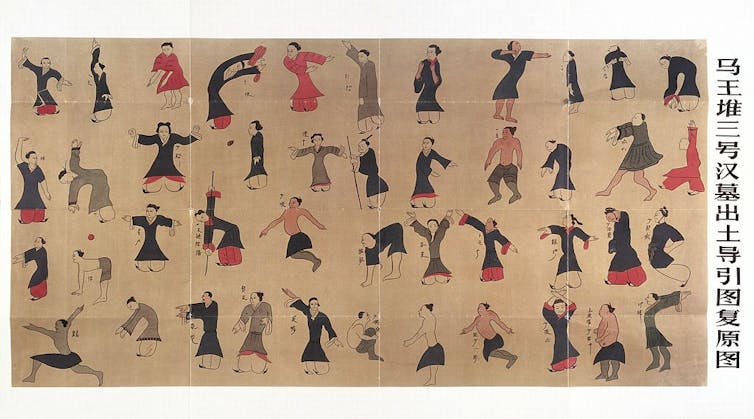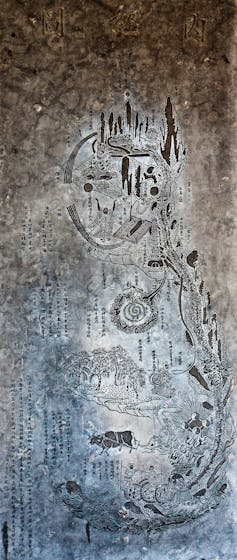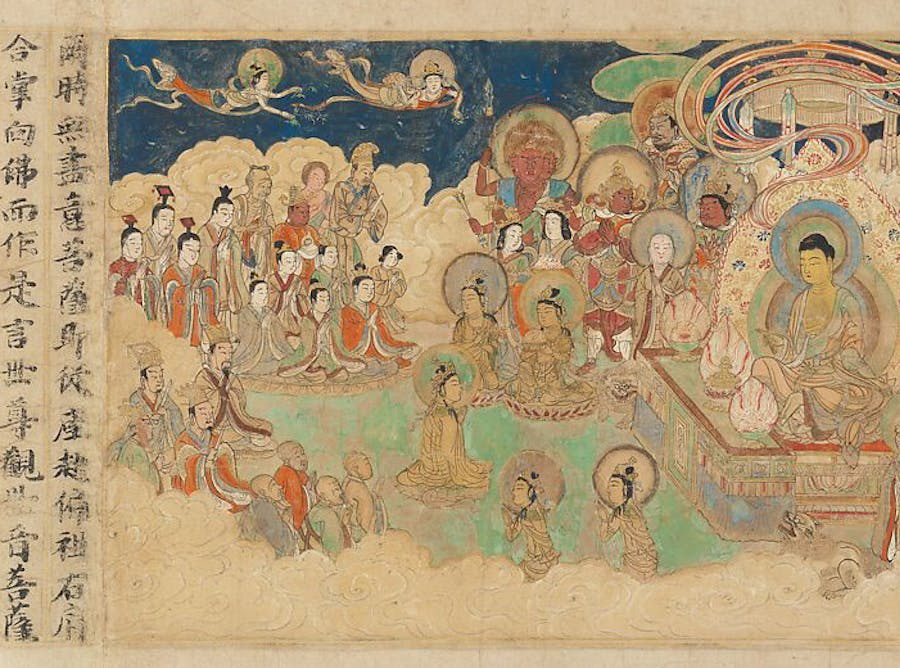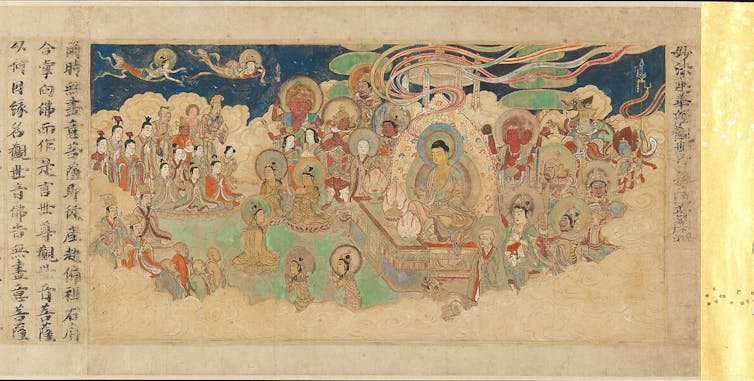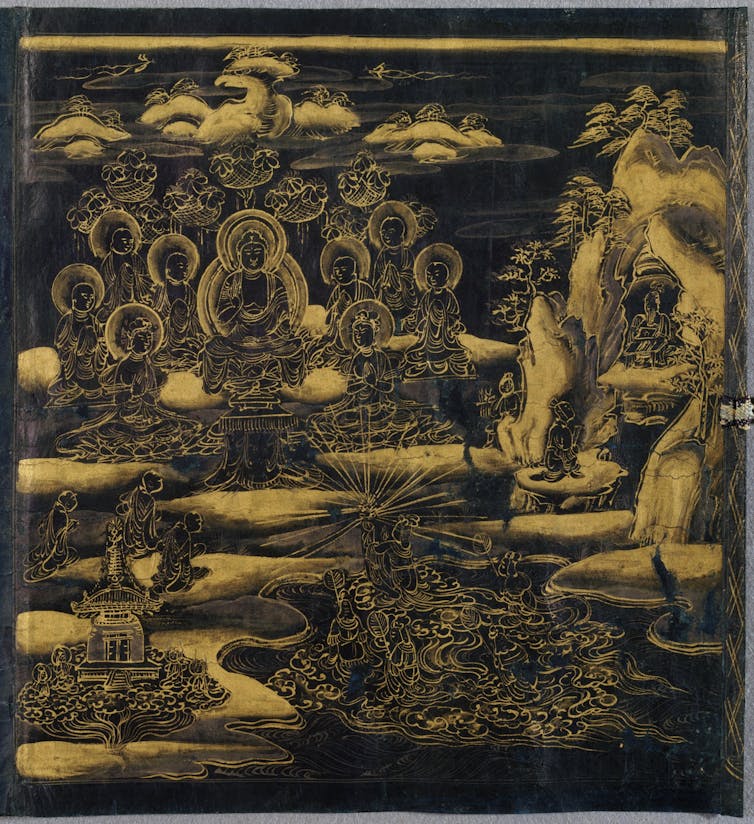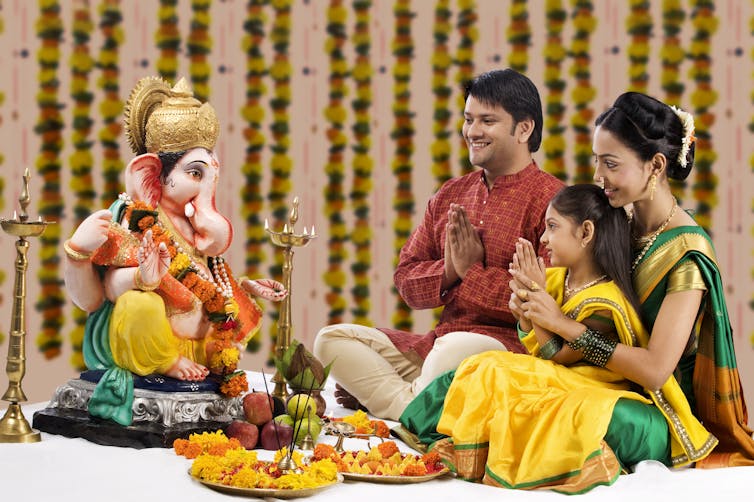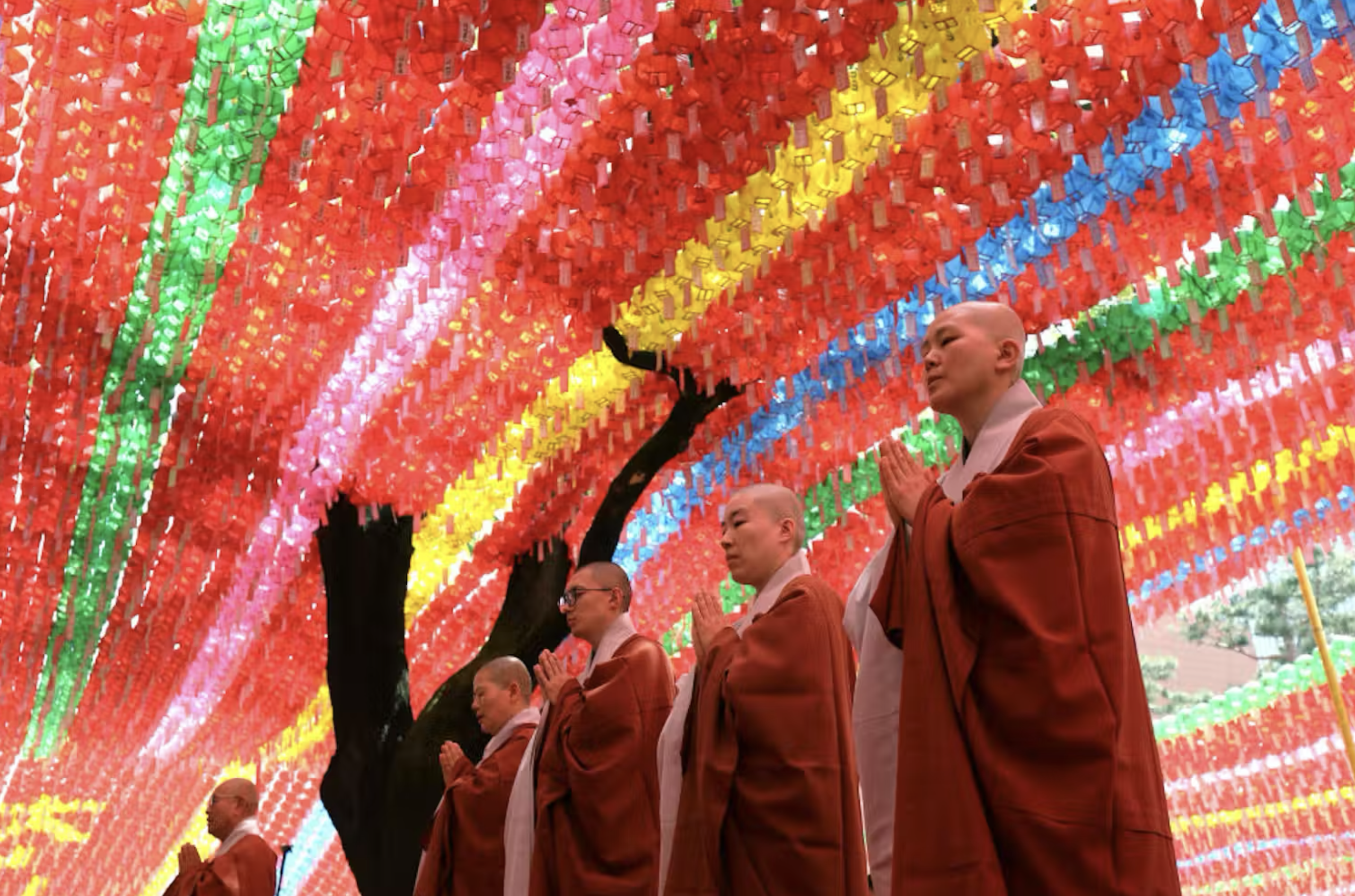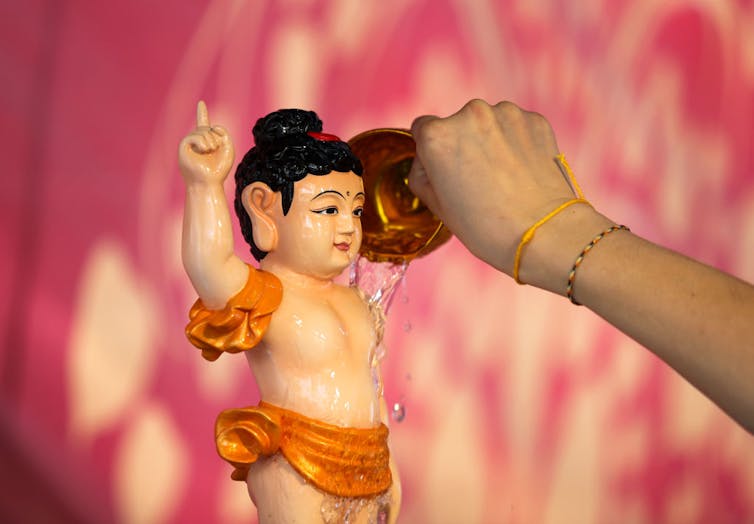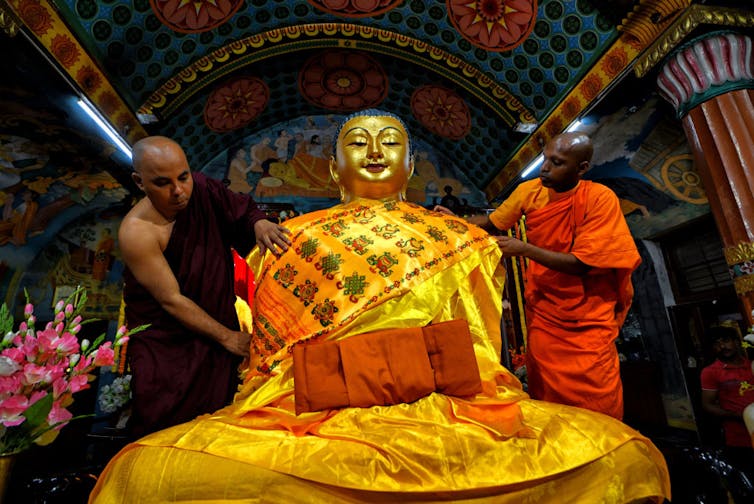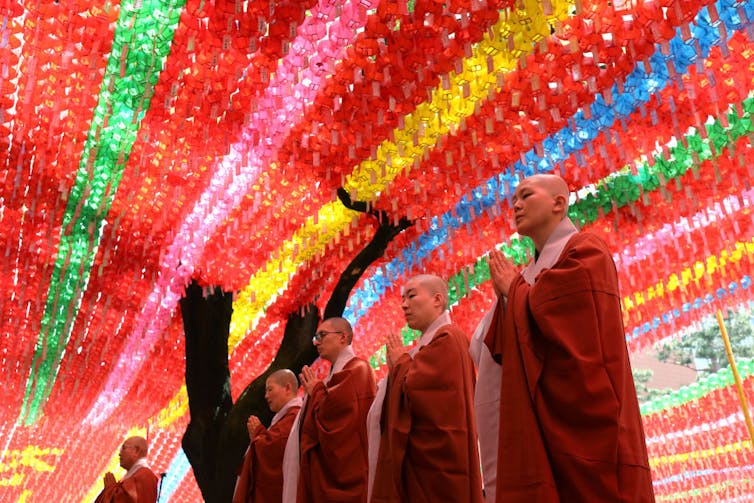Interdisciplinary Interpretations

by Randall Brown
Stephen Hay, from Greeneville, Tennessee, built a standout Vol experience double majoring in English and religious studies and minoring in the Women, Gender, and Sexuality Program. He has maintained a steady pace with this mix of studies, delivering substantial scholarship to close out his senior year.
“I am currently working on my honor’s thesis,” said Hay. “Outside of that I wrote a paper titled ‘Zhenwu and the Perfection of Daoist Masculinity in the Beiyou Ji,’ which I presented at the American Academy of Religion Southeastern Conference.”
Dawn Coleman and Anthony Welch, associate professors in the Department of English, praise Hay’s academic energy and his ability to make connections across various areas of study.
“Stephen is an outstanding student who brings a wonderful energy to the classroom,” said Coleman. “He’s a serious reader, writer, and thinker who offers insightful literary interpretations and responds thoughtfully to others. He deserves major kudos for presenting original work at an American Academy of Religion conference as an undergraduate.”
Welch enjoyed Hay’s contributions to his Shakespeare classes.
“When I asked my students to interpret a difficult speech, Stephen had an uncanny ability to grasp exactly what I wanted them to see in Shakespeare’s language,” said Welch. “His analysis of the plays in class was highly sophisticated and imaginative.”
Welch appreciated Hay’s nuanced and precise readings and the unexpected connections he made while examining Shakespeare’s work—translating the stories through the lenses of his dual major and minor.
“He took a special interest in questions of gender and power, but his approaches to the plays were diverse, nimble, and original,” said Welch. “Stephen is one of those rare students who combines a strong work ethic, a sophisticated critical imagination, excellent writing skills, and an ability to show intellectual leadership in the classroom.”
Following graduation, Hay will take some time off from academic endeavors to travel the world and learn a new language
“I plan to take a gap year and live in Taiwan,” he said. “While there I plan to learn Mandarin in preparation for applying to grad school in religious studies.”
He encourages future Vols to bring their own unique perspectives and immerse themselves in the varied possibilities for discovery at Rocky Top.
“The University of Tennessee is a special place where you matter and make a difference,” said Hay. “Don’t be afraid to be yourself here because the university thrives in diversity of experience, character, and thought. As such, use this chance to explore—take new classes and subjects, join campus organizations, and make UT your home.”
The College of Arts and Sciences congratulates Hay on his academic success as he sets out to share his Vol experience around the world.


